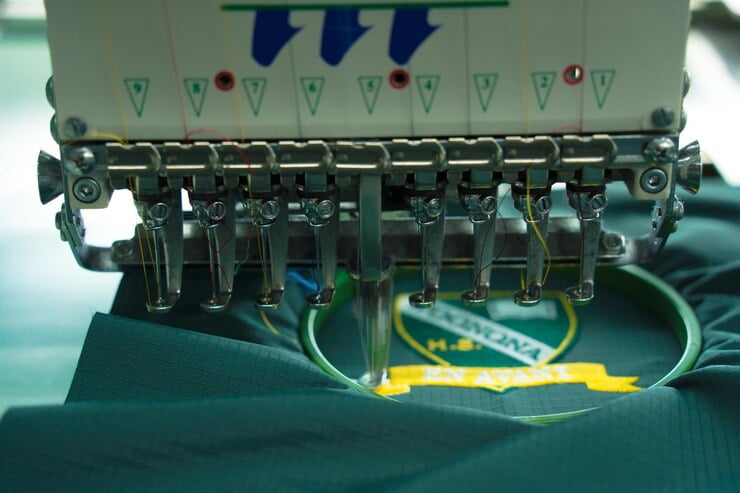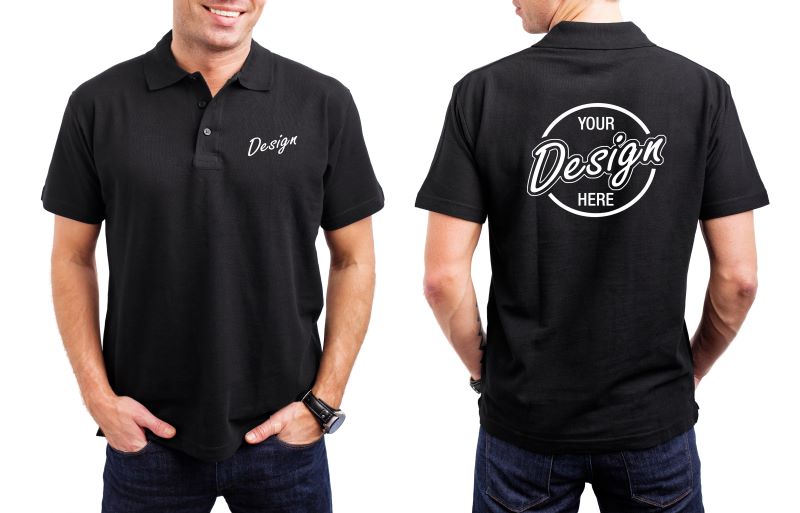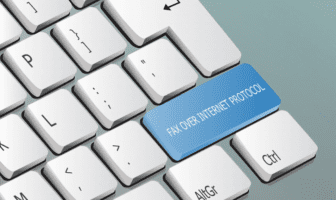
Having uniforms at work has its pros and cons. With workplace uniforms, you don’t need to think of what to wear the next day. However, not all custom-made shirts have the same excellent quality as the rest.
If your company scrimps on the budget for official apparel, you and your team could end up wearing poorly-designed and poorly-customized shirts daily, which isn’t fun.
Most American businesses with custom apparel for work often have them made in one of two methods: embroidery and screen printing. Both are great for applying a design or logo to a shirt. But which is the better option for you? Check this post to find out:
1. What’s The Difference

If you’ve ever had an article of clothing with a stitched-on pattern or design, that’s essentially what embroidery is. It’s been an art form since ancient times and is still being practiced today. Back then, everything was done by hand. Although, you can do it now using sewing machines and additional handiwork.
Conversely, screen printing involves transferring ink onto the fabric through a mesh or silk screen. The method still requires manual labor. But nowadays, there are modern screen-printing tools to hasten the process and improve the quality of the designs.
2. Application Process
Screen printing is quite a straightforward procedure that it’s possible to do at home, too. Needless to say, businesses focused on creating custom shirts, like Shop Strange in Portland Oregon, will make more professional-looking designs.
Screen printing machines are also large enough to handle bigger pieces of clothing. Hence, it’s considered the ideal method for applying sizeable prints, such as ones that take up the entire space of the back of a shirt.
Whereas embroidery is time-consuming and requires a significant amount of manual labor, it’s the preferred method for creating small logos. Therefore, if you only need a tiny portion of your work apparel to have a design, you’re better off having it embroidered.
3. Durability Of The Design

Most companies who use custom-made apparel or make promotional clothing materials may turn to embroidery for its quality and lifespan.
Since it’s made of threads, they’re less likely to fall apart even after years of use. The downside is that you could snag a few strands if you’re not careful. Once it does, they may become nuisance loose threads or ruin the overall design.
Meanwhile, screen-printed designs tend to fade and crack over time. This flaw happens much earlier to prints made by unprofessional shirt printing businesses or those using low-quality inks and tools. After the whole design peels away, your shirt is left with an unsightly silhouette of what was originally there.
Generally, embroidered patterns stay on shirts longer than screen-printed ones. Despite their minor differences in durability, both need extensive care and precautions to ensure the uniform designs last as long as possible.
4. Effects On Certain Garments
Both methods work fine on any type of clothing. Nonetheless, you must take note that each has its own effects on the fabric.
For example, heavier garments like canvas, denim, and thick cotton are recommended for embroidered designs. The thinner the material, the more it’s likely to pucker from the threads. On the bright side, embroidery is perfect for uniforms you expect to last for a long time. The stitching also gives a 3D effect, making the designs stand out and look formal.
Though if you only have the budget for thinner cotton and similar fabrics, your best option is to screen print. This technique works best on larger designs, and the inks screen printing companies use are often vivid and easy on the eyes. Clients and customers can quickly spot your crew as long as they wear their screen-printed shirts because the prints are usually made glossy.
Whichever method you choose, you can turn any simple, solid-color shirt into a professional uniform. Custom work apparel is also an element in advertising as it helps in name recall and brand awareness. You could even form a partnership with the company that created your custom shirts to make new ones for promotional events as freebies or additional merchandise.
5. Best Applications

Still on the topic of garments, embroidery and screen printing will look best on certain types.
Polo shirts and sports attire, in particular, are the perfect canvasses for embroidered works. The fabrics used for these clothes are sturdy and are made to withstand lots of movement.
Caps and jackets also benefit from having their designs stitched on instead. Additionally, if your work apparel only needs a small logo or design applied, embroidery is the way to go.
Meanwhile, screen printing is best for garments like thin and stretchy T-shirts worn in warmer workplaces. They’re great for promotional items for limited-time events too where you don’t always expect people to wear the shirt frequently after the fact. Other casual attire like hoodies and sweaters work well with screen-printed designs, especially ones that take up a lot of space on the fabric.
6. Pricing For Each Method
Embroidery usually demands more materials, especially if your design requires multiple colors. There are also needles, sewing machines, and manual handiwork businesses must consider, which may bump up the price for embroidered patterns. Yet the price for a service equates to the stitch count and complexity of your design. Thus, it’s why most people who have shirt designs embroidered only have small logos made.
Meanwhile, screen printing is noticeably cheaper. Though, like embroidery, this technique may become more expensive the more detailed your design is. More colors on the screen equal a higher cost, especially if the design is also quite large.
There are many factors involved in pricing custom shirts. Fortunately, most businesses that make custom products often offer free quotes or discounts depending on the number of shirts. So, don’t hesitate to ask.
Additionally, if you want to get your money’s worth and have your custom outfits last longer, you’ll need to care for them properly. Always follow washing instructions on the tag or check out similar custom clothing like baseball uniforms and how to clean them.
Conclusion
Embroidery and screen printing are two tried-and-tested and trusted ways to create custom work apparel. Each has its advantages and disadvantages. But both can turn plain and simple shirts into statement outfits you’d be proud to wear to work daily.
Read Also:




























